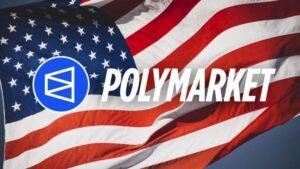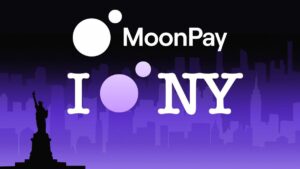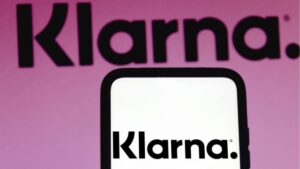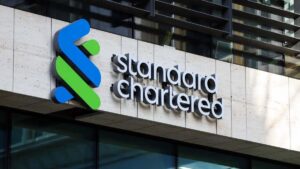TL;DR
- BNY Mellon initiative: The bank is exploring tokenized deposits to modernize payments, aiming for near-instant settlement and 24/7 operations.
- Global momentum: JPMorgan, HSBC, and Swift are also piloting deposit tokens, signaling industry-wide interest in blockchain-based settlement.
- Strategic outlook: BNY Mellon’s move builds on its digital-asset work with Goldman Sachs and targets overcoming legacy payment constraints.
The Bank of New York Mellon, the world’s largest custodian by assets under custody, is weighing the introduction of tokenized deposits to enable blockchain-based payments. The initiative reflects a broader modernization effort in real-time, instant, and cross-border settlement, according to Carl Slabicki, executive platform owner for Treasury Services.
Defining tokenized deposits
Tokenized deposits are bank-issued digital coins that represent a direct claim on commercial bank money. Unlike stablecoins, they are fully backed by deposits and issued within regulated frameworks. BNY Mellon’s treasury services unit, which processes about $2.5 trillion in daily payments and oversees $55.8 trillion in assets under custody and administration, sees blockchain rails as a way to settle transactions nearly instantly and operate continuously, bypassing the limitations of legacy correspondent networks.
Industry momentum builds
BNY Mellon’s exploration comes amid a surge of deposit-token pilots across global banking. JPMorgan launched a proof-of-concept for its USD deposit token, JPMD, on Base in June, while HSBC recently introduced a tokenized deposit service for corporate clients to streamline cross-border currency transactions. Meanwhile, Swift has been developing a blockchain-based shared ledger prototype designed to accelerate international payments. Together, these efforts highlight a growing consensus that tokenized deposits could reshape settlement infrastructure.

Expanding digital-asset infrastructure
The bank has already been active in digital-asset initiatives this year. In July, BNY Mellon partnered with Goldman Sachs to maintain tokenized records of money market fund ownership. That collaboration aimed to improve collateral mobility and settlement efficiency, underscoring the bank’s commitment to building infrastructure that supports both traditional and tokenized assets. The exploration of deposit tokens now adds another layer to its digital strategy, positioning the institution at the intersection of custody, payments, and blockchain innovation.
Overcoming legacy constraints
While no timeline has been disclosed, Slabicki emphasized that tokenized deposits could help banks overcome “legacy technology constraints.” Initially, such solutions may be deployed within internal ecosystems, but the long-term vision is broader. As industry standards mature, tokenized deposits could eventually operate across markets, enabling on-chain cash to move seamlessly alongside tokenized securities and other digital instruments.










